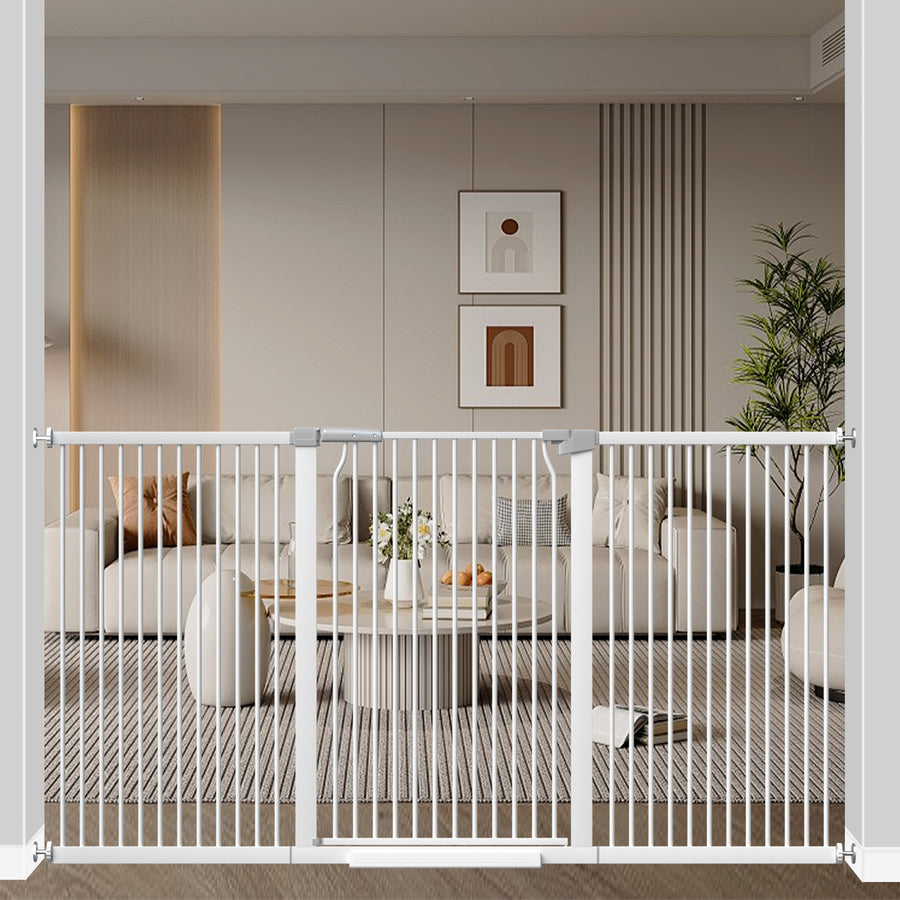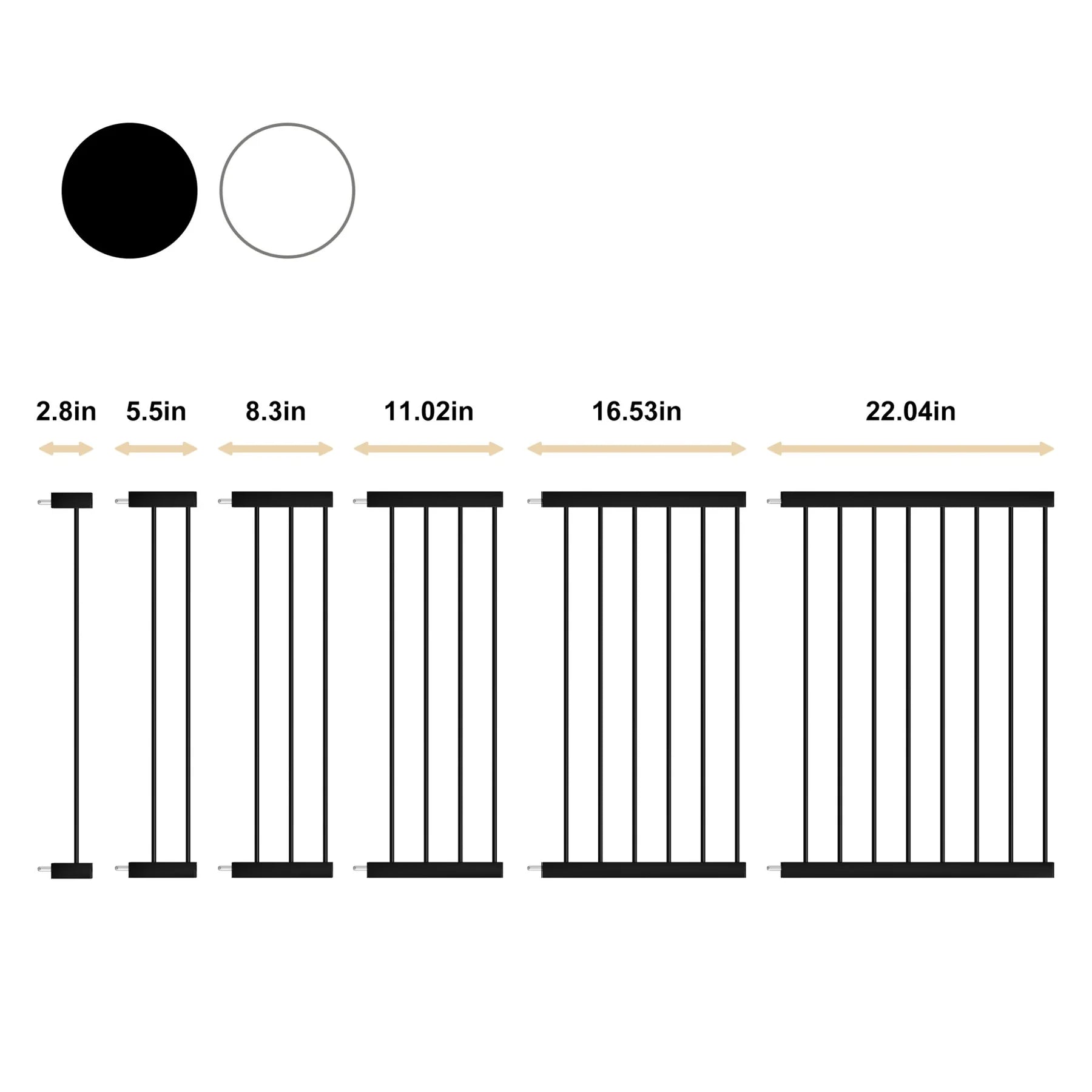Childproofing 101: Make Your Bedroom Safe for Toddlers Under 3!
As your infant transitions from a crib to a big kid bed and becomes increasingly mobile, babyproofing your bedroom grows more crucial for their safety. A bedroom poses many unforeseen dangers for curious toddlers with quickly developing motor skills. Putting safeguards in place provides peace of mind that your child can explore and learn safely during this crucial developmental stage.
This comprehensive guide covers the essential childproofing steps every parent should take to transform their bedroom into a secure place for young kids under 3 years old.
Why Babyproofing Matters
Between 6 and 36 months of age, babies go through tremendous physical and cognitive changes. They transition from lying down to sitting, crawling, pulling up, cruising, and eventually walking. This newfound mobility, combined with boundless curiosity, often lands them in risky situations.
According to the Nursery Products Annual Report U.S. Consumer Product Safety Commission in 2022, over 53,000 children in the U.S. are taken to emergency rooms annually due to injuries involving nursery products. Many accidents happen right under parents’ noses.
By identifying hazards and taking preventive measures through babyproofing, you can reduce the risk of injury and create an environment where your child is free to grow and develop safely.
Crib Safety
A child under 3 years old should sleep in a crib that meets current safety standards set by the Consumer Product Safety Commission (CPSC) and Juvenile Products Manufacturers Association (JPMA).
Key precautions include:
- Mattress fits snug with no gaps along edges
- Slats are no more than 2 3/8 inches apart
- No soft bedding, blankets, pillows or stuffed animals
- Positioned away from windows, blinds/curtains
- Built after June 2011 to meet strength and durability requirements
Don’t allow climbing on or hanging from the crib sides. Lower the mattress before your toddler can get a leg up and over.
Furniture Safety
As little ones scoot around the room, precarious dressers, shelves and nightstands pose serious tip-over hazards. Prevent furniture accidents by:
- Securely anchoring tall, heavy items like dressers and bookcases to the wall studs using anti-tip kits or braces.
- Installing corner protectors to soften hard edges and prevent painful cuts and bruises during tumbles.
- Avoiding hand-me-downs or used items that may not meet current safety standards. Check recall lists for any previously recalled items.
- Placing cribs, beds and other furniture away from windows and window coverings.
Electrical Safety
Outlets and cords spark endless fascination in exploring toddlers. Protect yours with these tips:
- Insert outlet covers in unused outlets. Look for screw-tightened covers babies cannot pry off.
- Use cord shorteners or ties to bundle loose cables behind furniture.
- Position cribs 3 feet away from power outlets and cords to limit reach [5].
- For baby monitors and other nursery gadgets, utilize cord wraps or mounts to suspend wires overhead and out of the way.
Window Safety
Temptingly open windows invite toddlers to climb up, lean out and potentially fall. Safeguard with:
- Snugly fitted, JPMA-certified window guards installed on all windows.
- Cordless window coverings like shades and blinds without dangling pull cords.
- Cord anchors to wrap and secure any existing dangling cords out of reach.
- Furniture positioned to limit access below windows.

Smoke Detectors
Smoke alarms provide an essential early warning in the event of a household fire. Install them:
- On every floor of your home.
- Inside each bedroom and sleeping area.
- Replace batteries every 6 months [6].
- Consider interconnected alarms. When one sounds, they all sound.
Nightlights
Illuminate paths and dark spaces with dim, cool-touch nightlights. Avoid models with:
- Bright, hot bulbs that could spark fires. LEDs are safest.
- Loose or poorly connected plugs.
- Placement within arm's reach of infants in cribs or beds.
Choking Hazards
Young kids explore with their mouths. Keep small objects like:
- Coins, marbles, pen caps
- Button batteries
- Small toy parts
- Foods requiring extensive chewing like nuts, popcorn, raw veggies
Locked away and regularly scan room floors before playtime.
Furniture and TV Tip-Over Risks
Flat screen TVs and heavy dressers toppling over lead to thousands of crush injuries annually. Prevent accidents by:
- Securely mounting flat screens to walls using appropriate TV brackets and anchors.
- Placing box and older CRT TVs on low, stable, anchored stands away from activity areas.
- Using anti-tip kits to anchor furniture to walls so it cannot fall if climbed on.
Storage Safety
Prevent pinched fingers and clutter tumbles by:
- Using lidless toy baskets for easy clean up and breathing room if toys fall in.
- Installing childproof locks on dresser drawers, medicine cabinets and other cabinets.
- Securing heavy items like books or electronics down low on shelves so they don’t crash down.
Door and Floor Safety
Doors and unstable floors present tripping and pinching risks:
- Use rubber door stops to prevent accidental slamming and pinched fingers.
- Install safety doorknob covers so kids can’t escape unsupervised.
- Anchor wall-to-wall carpets and area rugs with non-slip pads to avoid slips and falls on hard floors underneath.
- Pick up toys and clothing from floors to eliminate tripping dangers.
More about stair childproofing guide here.
Toxic Substances
Your medicinal and beauty supplies likely seem harmless to you but can severely poison children if ingested. Take these precautions:
- Use childproof locks on bathroom cabinets and drawers.
- Store cosmetics, topical medications, cleaning products, supplements on high shelves.
- Keep medicines, vitamins, oils etc. in bottles with child-resistant caps.
- Research houseplants for toxicity before placing in kids’ rooms.
Conclusion
Childproofing your bedroom completely ensures your infant or toddler can safely explore their environment, gain confidence, and develop without preventable injuries. Stay vigilant, check for new hazards regularly, and make adjustments as your child grows and reaches new milestones. Sleep soundly knowing your








Leave a comment